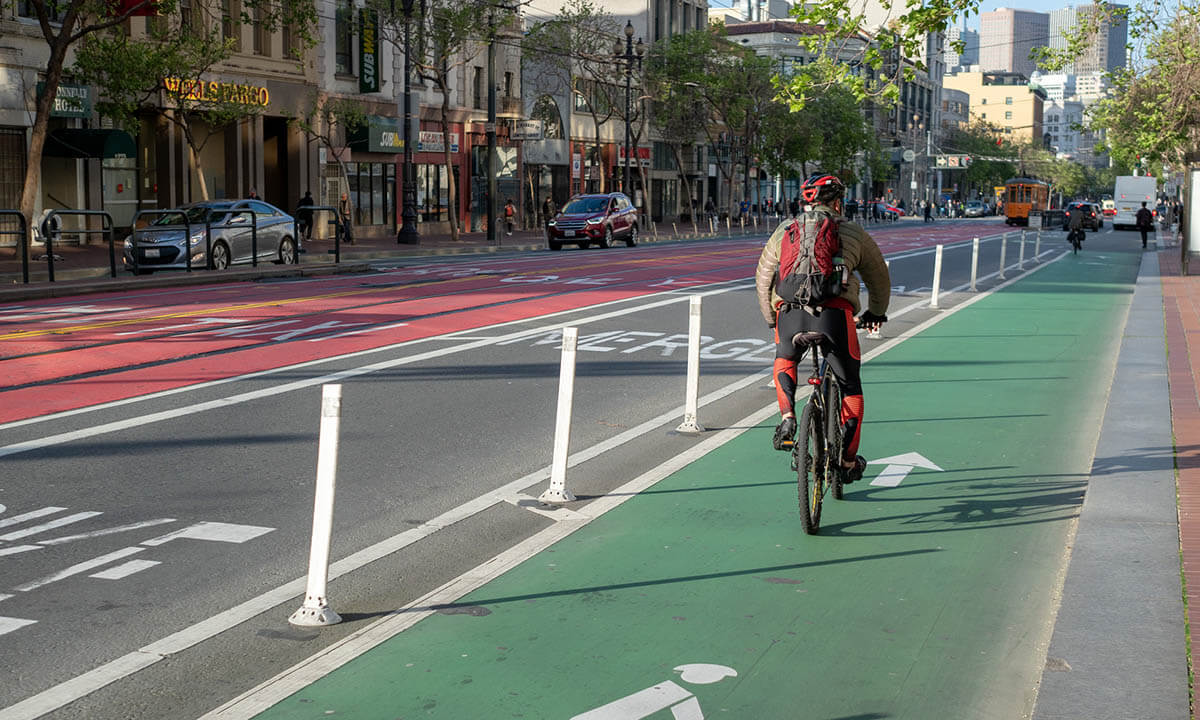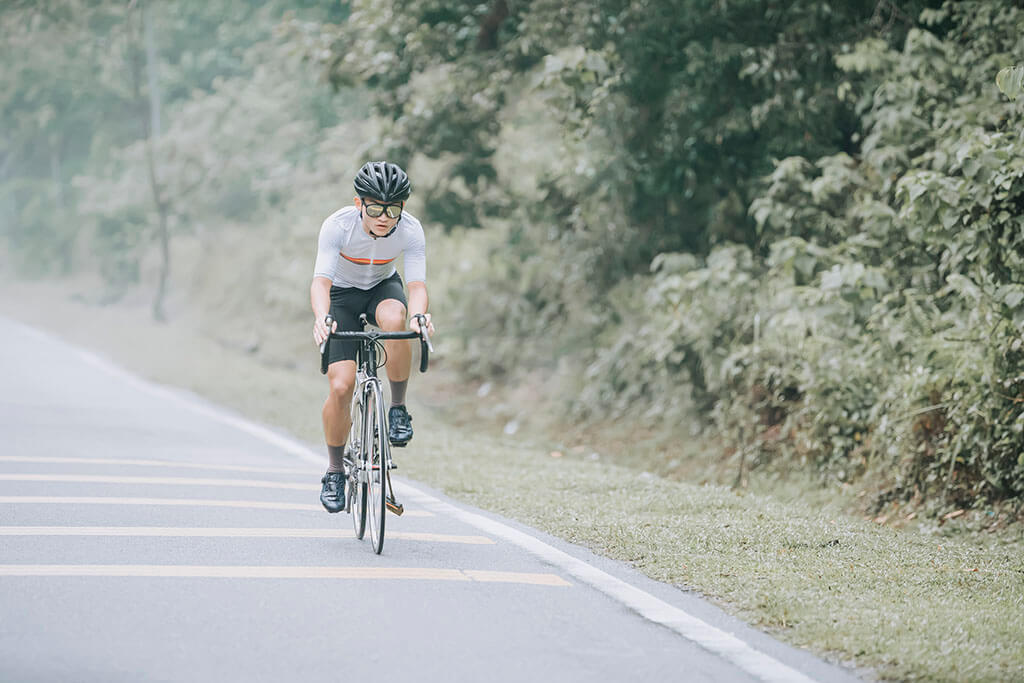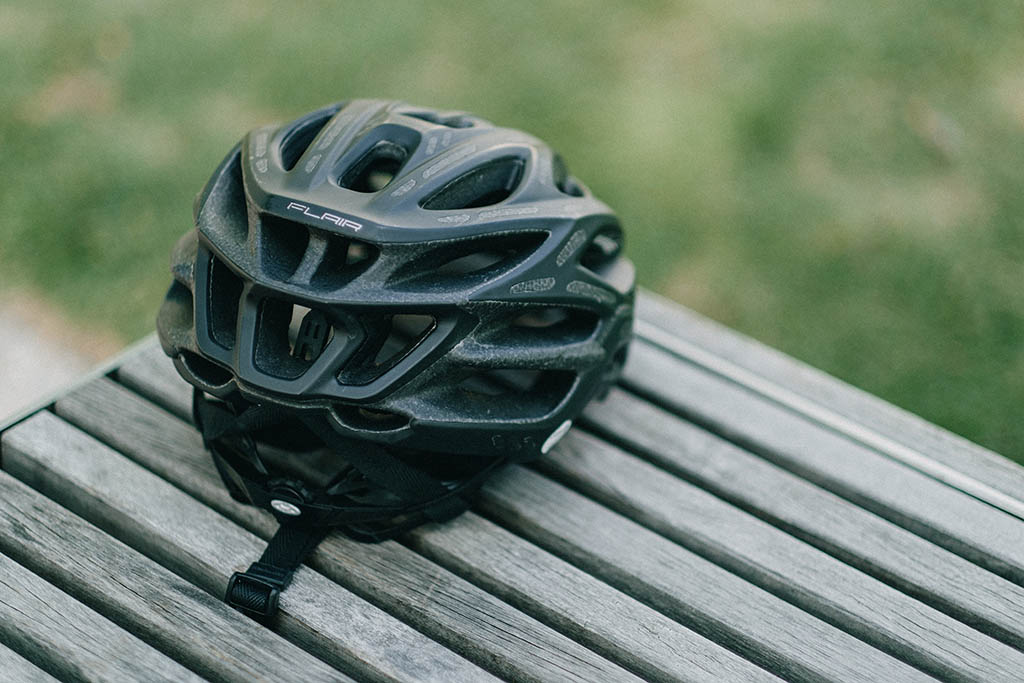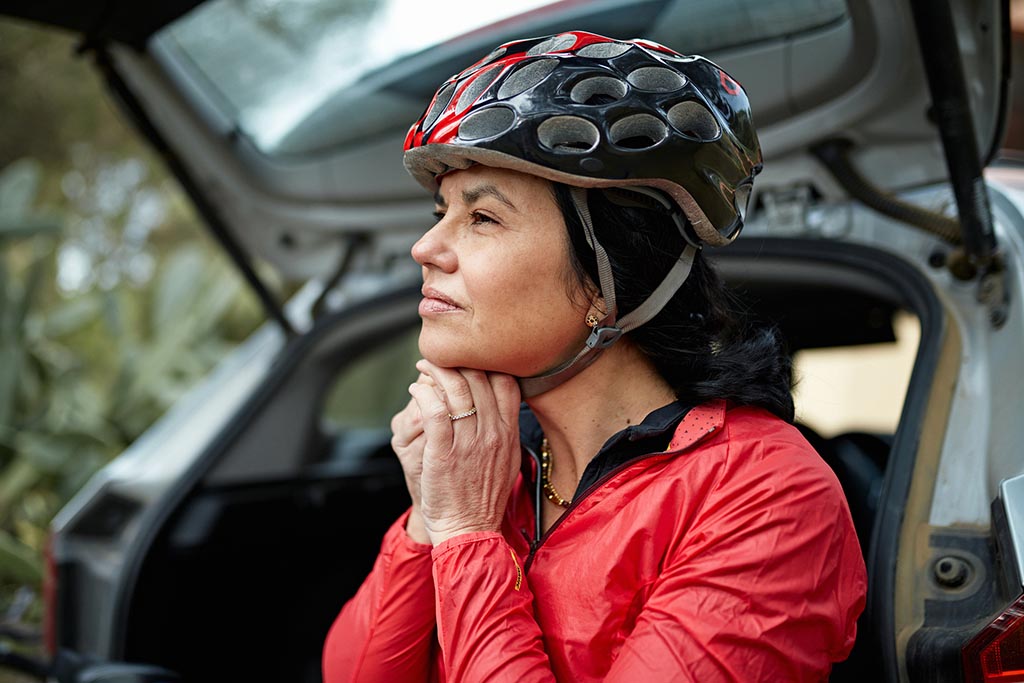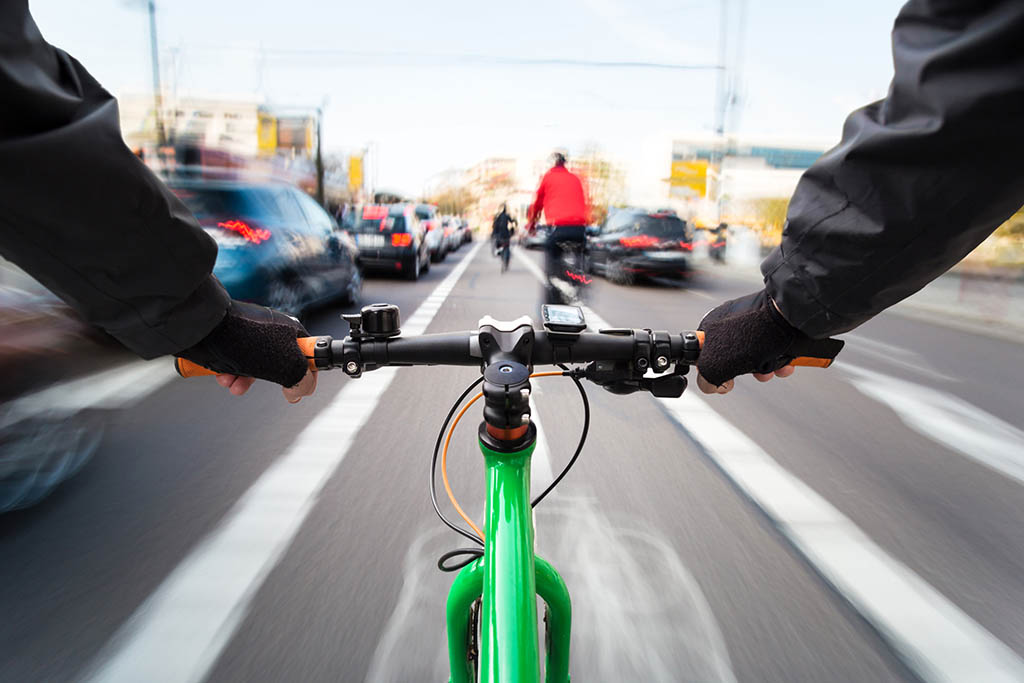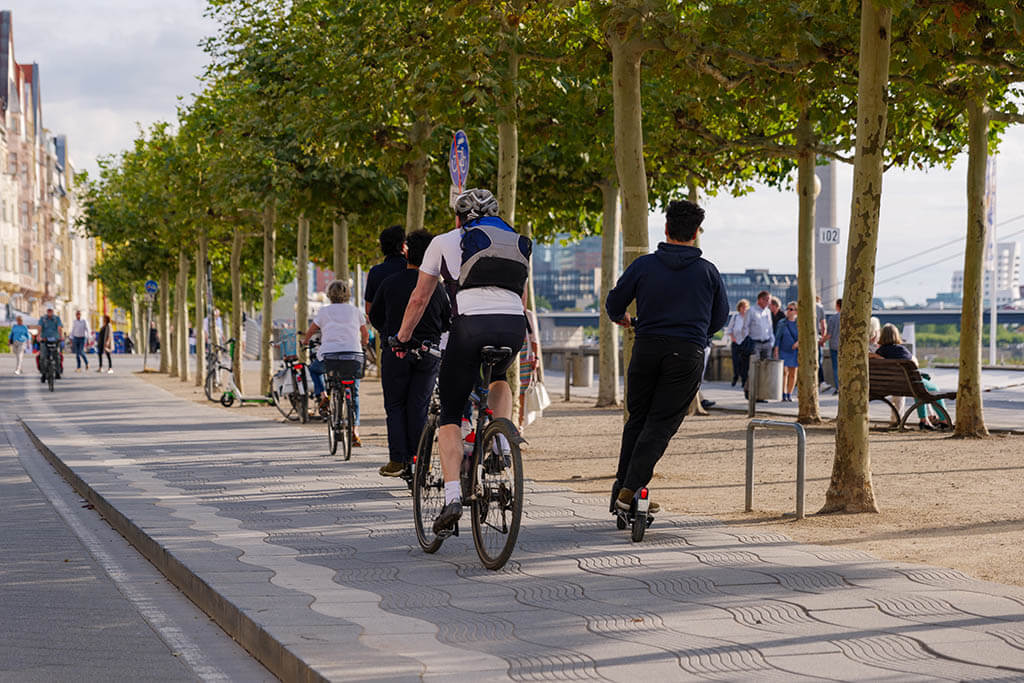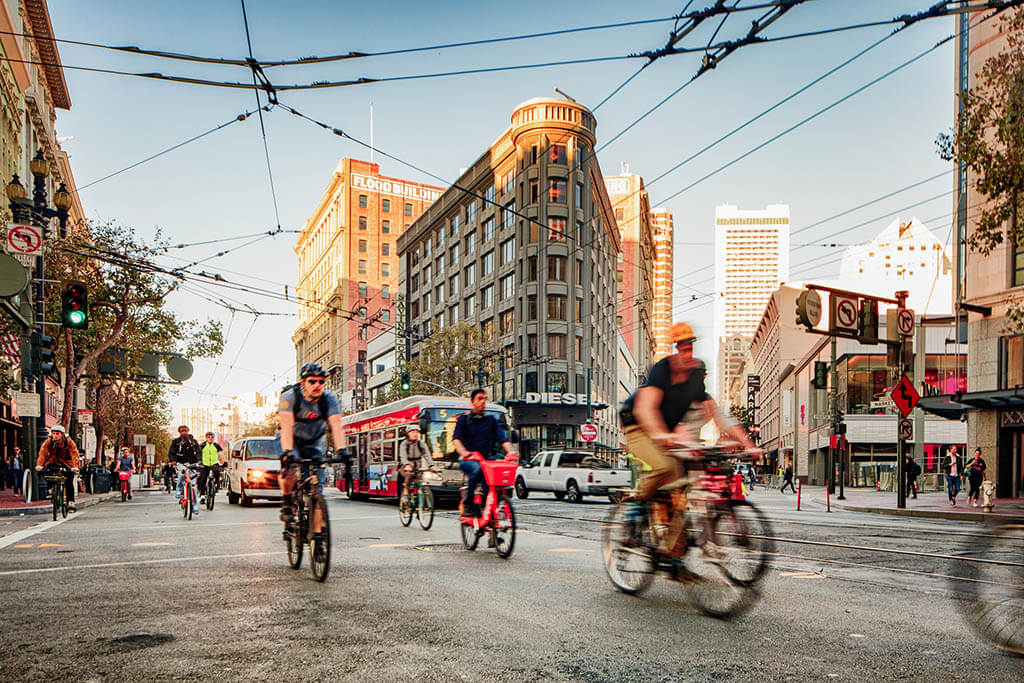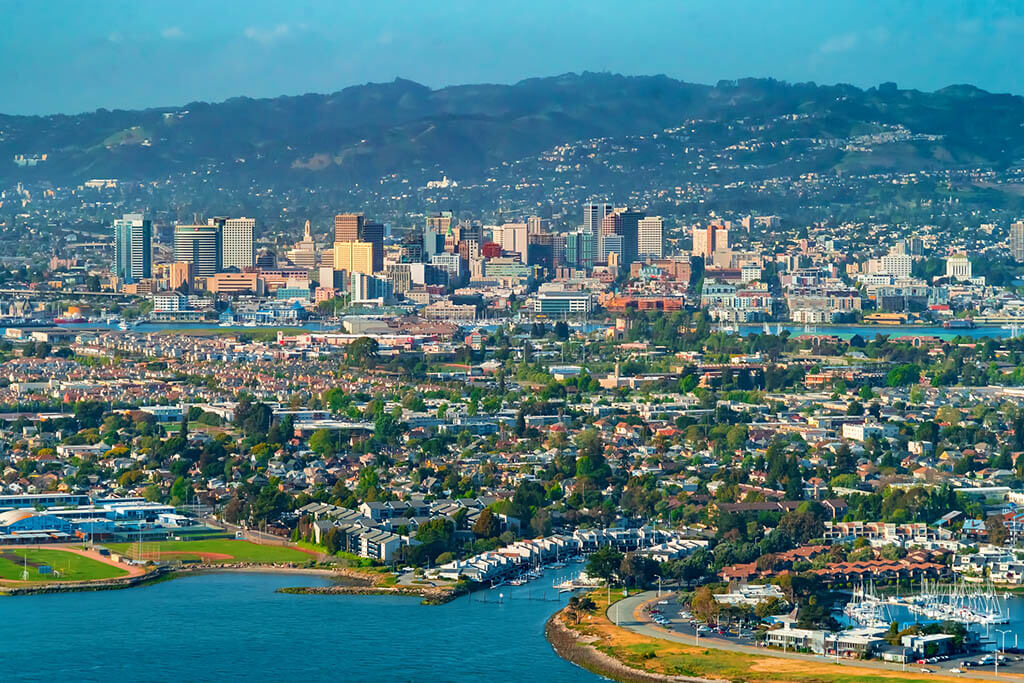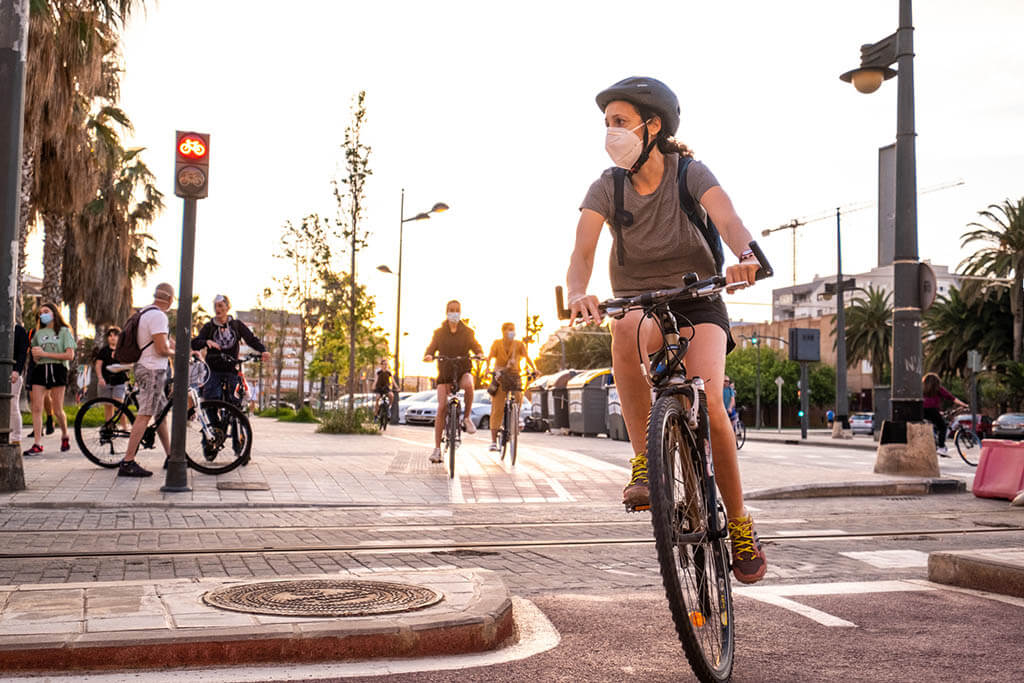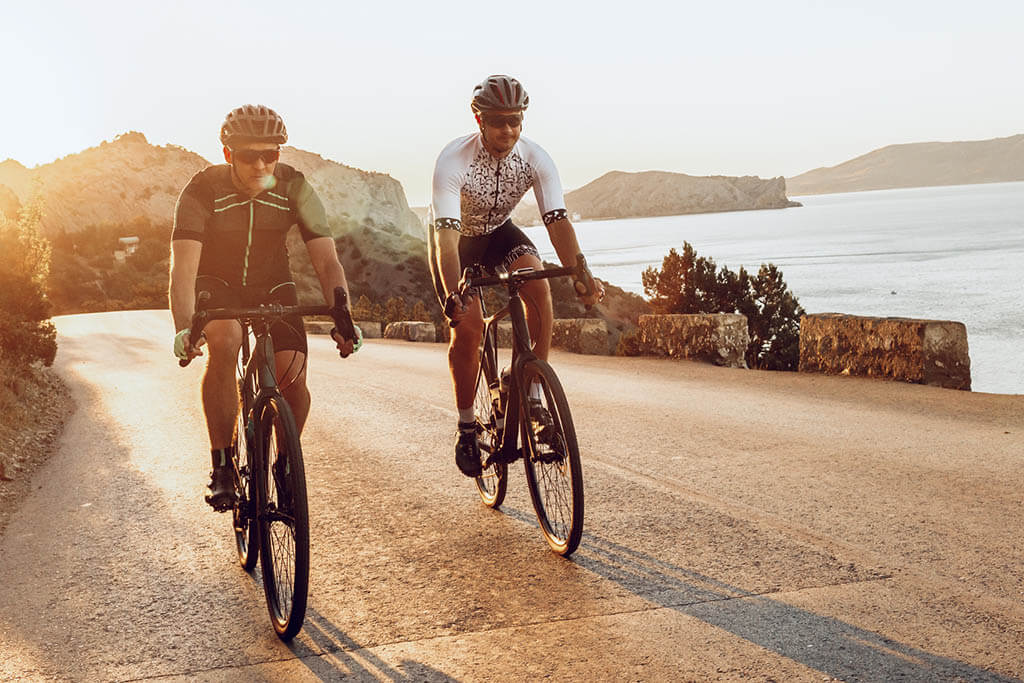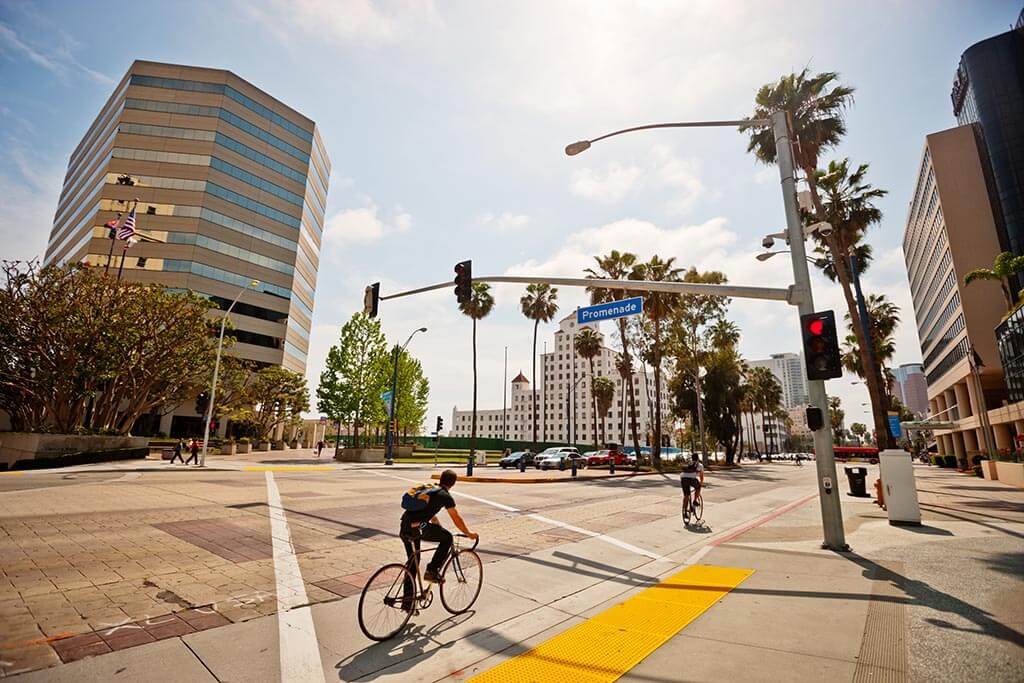With offices coming back to life as the COVID-19 pandemic recedes, one area of focus should be your commute. Choosing to travel to and from the office via bicycle has become increasingly popular. It’s a practice celebrated by National Bike to Work Day, which is coming up soon on May 17.
Just how many people commute this way may surprise you. Numbers published by the U.S. Census show that nearly 900,000 Americans are commuting using bikes, or about 0.6% of the total working population. The practice of bike commuting is especially popular with younger workers in larger cities. Workers 24 and younger commute at rates almost double the national average.
The first priority of a good commute is staying safe — and that applies double for those who travel via bicycle, given their added exposure to the elements and sometimes-careless motorists.
With that in mind, let’s review some commuting tips for cyclists.
Five Best Practices for a Safe Commute to the Office
- Wear appropriate safety gear A helmet is non-negotiable, as it is the single most impactful thing you can wear to protect yourself. While some people may fret about a helmet affecting their hair before arriving at work, keeping your brain healthy is of paramount importance. Headlights and taillights help ensure that you maintain visibility if you have early morning or late evening commutes.
- Practice smart situational awareness A cyclist should never assume that motorists can see them or will stop when they should. When you enter intersections or other high-risk areas, proceed cautiously and with focused intention. It’s also important to remain hyper-aware of your surroundings.
- Avoid the most common hazards within city commuting routes For example, the possibility of having a driver or passenger open a door in front of you while in a parked car is one of the most common, and dangerous, accident scenarios a commuter faces. Understanding these situations can help you avoid them and plan your route accordingly.
- Give yourself plenty of time to make your commute Rushing is one of the easiest ways to get distracted and lose your focus, so ensure your commute is comfortably timed.
- Plot out your route in advance for maximum safety and efficiency A predictable commuting route that avoids high-risk areas and takes advantage of the biking infrastructure can help ensure that you arrive at work on time and in good shape.
By following these fundamental rules, you can enjoy all the great benefits of cycling to work (sustainability, fitness, cost savings etc.) while ensuring that you remain healthy.
Finding the Right Bicycle Accident Attorney
Gary Brustin is a lifelong cyclist and a specialist in bicycle accident law. In fact, these are the only types of cases he accepts. If you’ve been injured in a collision, we urge you to contact Gary for a complimentary consultation.
